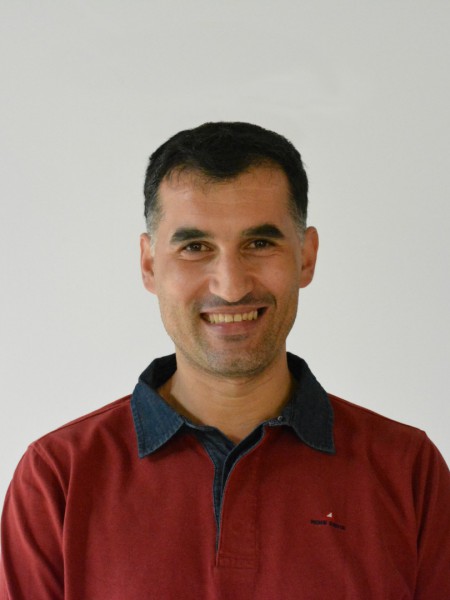abstract
Luminescence thermal sensing and deep-tissue imaging using nanomaterials operating within the first biological window (ca. 700-980 nm) are of great interest, prompted by the ever-growing demands in the fields of nanotechnology and nanomedicine. Here, we show that (Gd1-xNdx)(2)O-3 (x = 0.009, 0.024 and 0.049) nanorods exhibit one of the highest thermal sensitivity and temperature uncertainty reported so far (1.75 +/- 0.04% K-1 and 0.14 +/- 0.05 K, respectively) for a nanothermometer operating in the first transparent near infrared window at temperatures in the physiological range. This sensitivity value is achieved using a common R928 photomultiplier tube that allows defining the thermometric parameter as the integrated intensity ratio between the F-4(5/2) -> I-4(9/2) and F-4(3/2) -> I-4(9/2) transitions (with an energy difference between the barycentres of the two transitions > 1000 cm(-1)). Moreover, the measured sensitivity is one order of magnitude higher than the values reported so far for Nd3+-based nanothermometers enlarging, therefore, the potential of using Nd3+ ions in luminescence thermal sensing and deep-tissue imaging.
keywords
OPTICAL-TEMPERATURE SENSORS; NANOSCALE; NANOPARTICLES; THERMOMETRY; EMISSION; FLUORESCENCE; ND3+; NANORODS; RANGE
subject category
Chemistry; Science & Technology - Other Topics; Materials Science; Physics
authors
Balabhadra, S; Debasu, ML; Brites, CDS; Nunes, LAO; Malta, OL; Rocha, J; Bettinelli, M; Carlos, LD
our authors
acknowledgements
This work was developed in the scope of the project CICECO - Aveiro Institute of Materials (Ref. FCT UID/CTM / 50011/2013), financed by national funds through the FCT/MEC and when applicable co-financed by FEDER under the PT2020 Partnership Agreement. Financial support of EC Marie Curie Initial Training Network LUMINET (316906) is also acknowledged. The authors acknowledge R. A. S. Ferreira for her help with the time-resolved measurements. CDSB (SFRH/BPD/89003/2012) and MLD (SFRH/BPD/93884/2013) thank Fundacao para a Ciencia e Tecnologia (Portugal) for the post-doctoral grants. LDC is grateful to CAPES and CNPq (Brazil) for a fellowship within the science without borders program. FUR funding from the University of Verona is also acknowledged.






